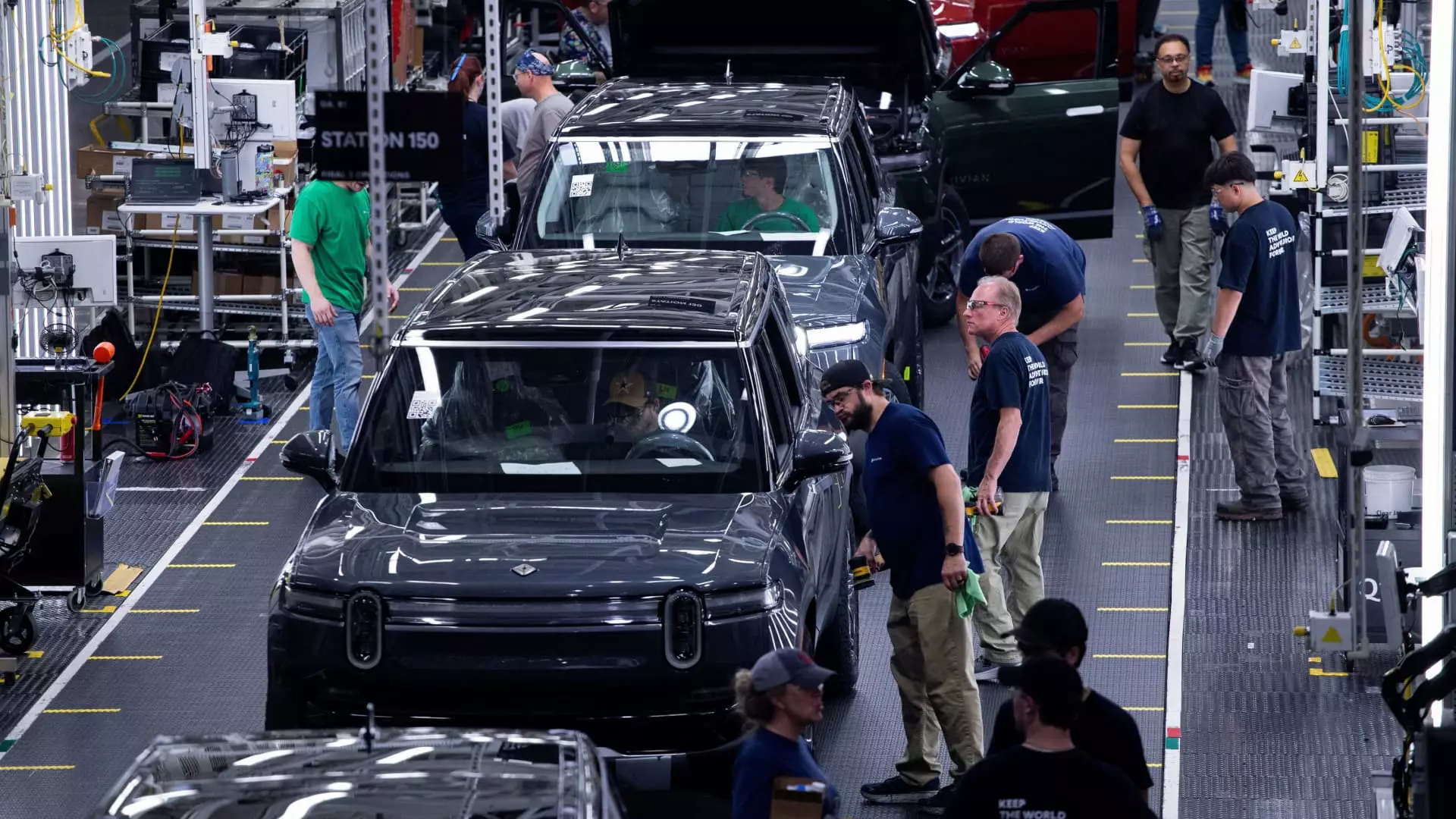In August, U.S. factories experienced a continued slowdown, sparking concerns about the direction of the economy. The Institute for Supply Management’s (ISM) monthly survey revealed that only 47.2% of purchasing managers reported expansion during the month, falling below the breakeven point of 50%. While this was a slight improvement from the previous month’s 46.8%, it still fell short of the Dow Jones consensus of 47.9%. Timothy Fiore, chair of the ISM Manufacturing Business Survey Committee, noted that demand remained weak, output declined, and inputs stayed accommodative. Companies are hesitant to invest in capital and inventory due to current federal monetary policy and election uncertainty.
Despite the contraction in the manufacturing sector, Fiore highlighted that any reading above 42.5% typically indicates expansion across the broader economy. However, the weaker-than-expected reading from last month led to market volatility, resulting in significant losses for major indices like the S&P 500. The latest ISM release led to further market declines, with the Dow Jones Industrial Average dropping nearly 500 points. The possibility of the Federal Reserve implementing an interest rate cut later in the month has increased following these weak economic indicators.
Traders responded to the ISM report by increasing the likelihood of a quarter-point interest rate cut to 39%, according to the CME Group’s FedWatch measure. The employment index in the survey showed a slight improvement to 46%, while inventories rose to 50.3%. Inflation concerns were also raised, with the prices index edging higher to 54%. This could impact the Federal Reserve’s decision on the extent of the anticipated rate cut. Another PMI reading from S&P further supported the ISM results, showing a decrease to 47.9 in August from 49.6 in July. The employment index in the S&P survey declined for the first time this year, while input costs reached a 16-month high.
Chris Williamson, chief business economist at S&P Global Market Intelligence, warned that the downward trend in the PMI signaled a potential drag on the economy in the third quarter. Forward-looking indicators suggest that this drag could intensify in the coming months. The manufacturing sector’s performance will be closely monitored as it plays a significant role in shaping the overall economic outlook.


Leave a Reply